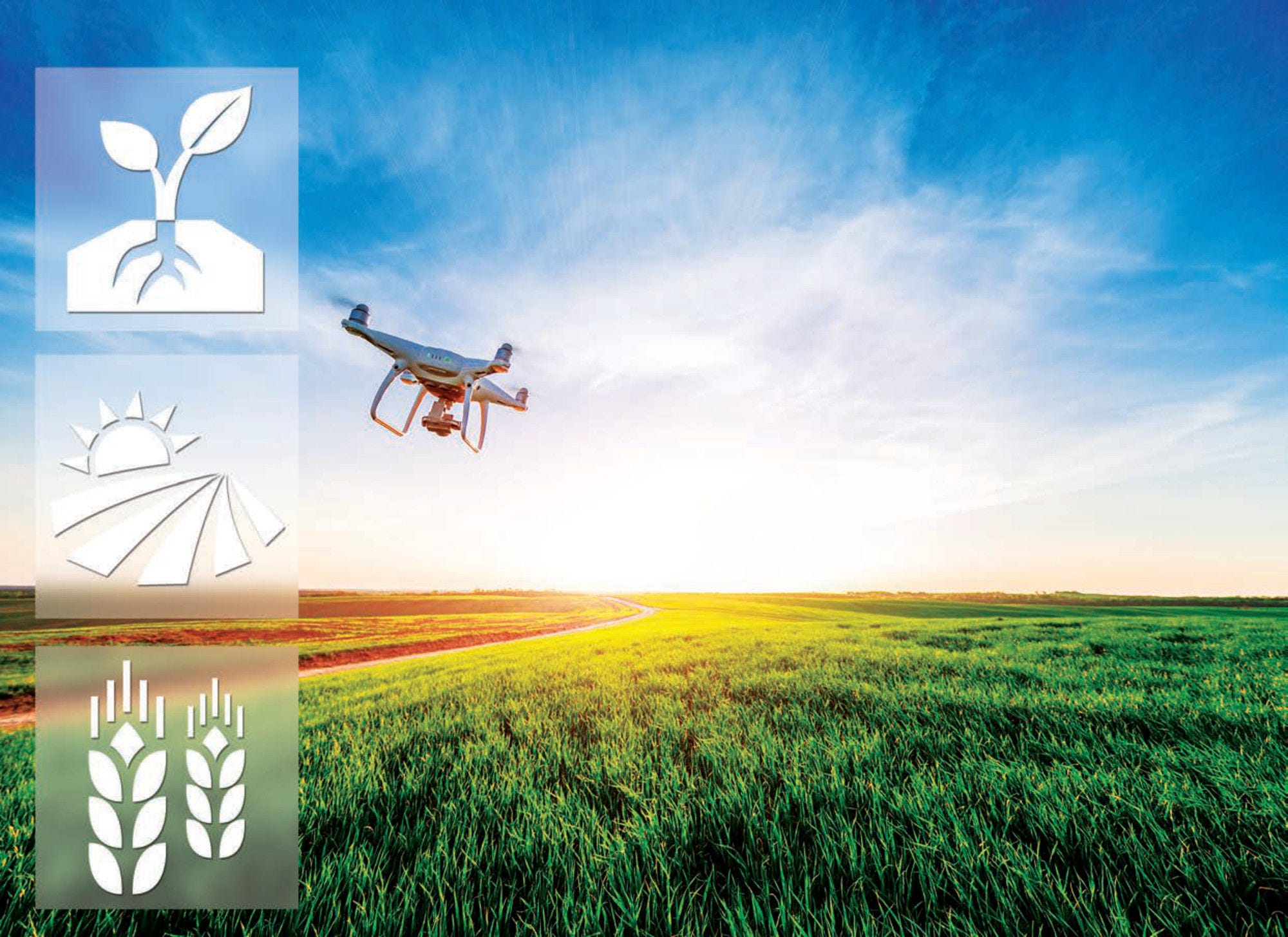As defined by the Oslo Manual (OECD/Eurostat, 2018), innovation is a broad concept. It is more than research and development (R&D) and encompasses both the creation and adoption of innovation, which can be “new to the firm, new to the market or new to the world”. At farm level, many innovations are “process innovations” as they relate to production techniques, e.g. the adoption of improved seeds or irrigation systems. The downstream industry generates product innovation, such as food with new functional (health) attributes, or non-food products from agriculture for the chemical or pharmaceutical industry (bioeconomy). All along the supply chain, marketing and organisational innovations are increasingly important.
The most comprehensive productivity indicator is Total Factor Productivity (TFP), which reflects the efficiency with which firms combine inputs to produce outputs. Partial indicators reflect the efficiency with which the firm uses one input, for example labour or land.
In the framework, sustainability refers to the preservation of natural capital in the short and long run, i.e. environmental sustainability. Like physical capital, natural capital needs investment and maintenance to retain its productive capacity in the long run. This encompasses managing agriculture’s use of natural resources to ensure their long-term viability and reducing the negative environmental impacts of agriculture production, such as pollutants and waste, which can damage the natural assets. Sustainable agriculture production systems also need to account for the projected impacts of climate change and the associated adaptation responses, as well the mitigation of greenhouse gas (GHG) emissions.
Agri-environmental indicators can help measure sustainability performance of agriculture (OECD, 2018). They can monitor trends in use of land, water and energy, and agriculture’s impact on the environment, via the intensity of use of polluting inputs (pesticides) and the sector’s emission of pollutants (greenhouse gases, ammonia). They can also provide an assessment of the sector’s overall balance of nutrients. Combining these measurements with production-related variables can help decipher the degree of agriculture production decoupling from resource use and environment (OECD, 2014).
Green growth is defined as “fostering economic growth and development while ensuring that natural assets continue to provide the resources and environmental services on which our well-being relies” (OECD, 2011).
